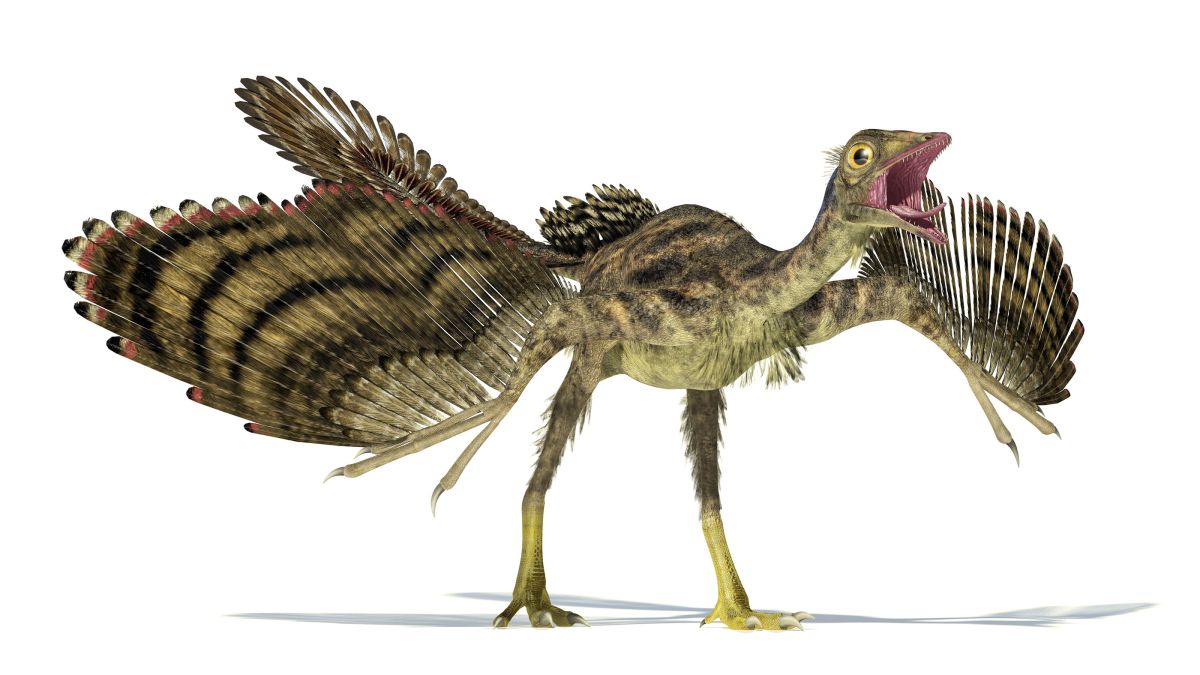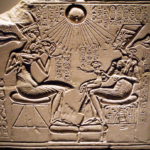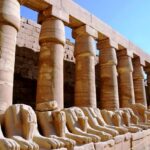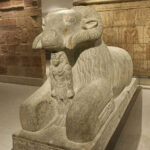“It is difficult to get a man to understand something, when his salary depends on his not understanding it.” ― Upton Sinclair.
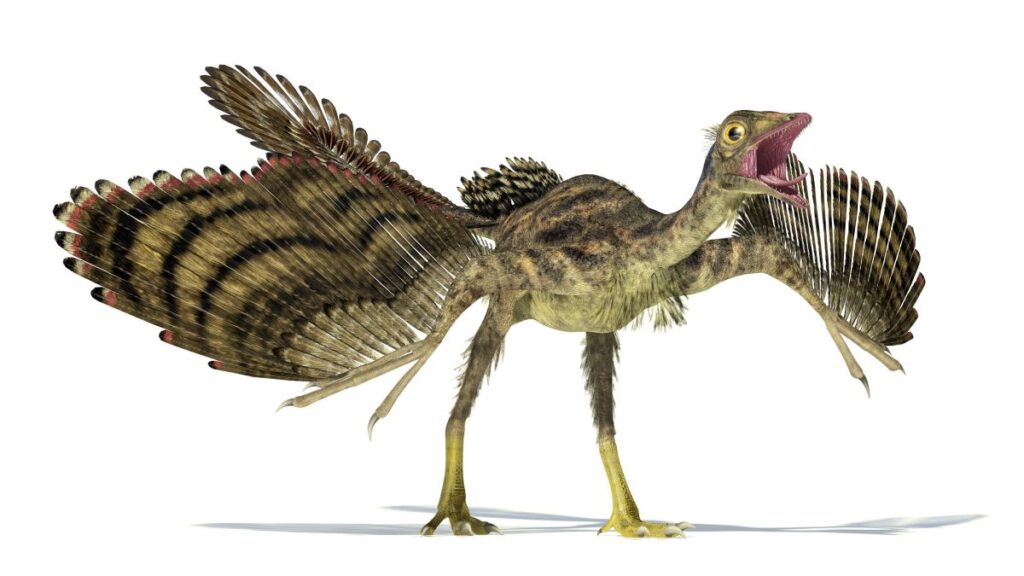
The mysteries of the universe bewildered the primitive man. In the age of ignorance, he conceived a supreme being working behind the curtains to create the universe and everything in it. In due course, religions adopted this idea: “In the beginning, God created the heavens and the earth.” (The Bible). It was also conceived that God created humans in His own image and likeness (The Bible). Religions generally subscribed to this idea, although the process of creation was imagined differently by different religions. Religious scriptures written in exotic languages were inaccessible to the illiterate masses. The priesthood came to rule them on behalf their heavenly deities. Priests were in control of the lives of the masses. They decided what the faithful should know and believe. The authority of priesthood remained unchallenged.
Then, in the mid-19th century. Charles Darwin (also Alfred Russel Wallace) came up with the Theory of Evolution by Natural Selection. According to the theory, individuals with traits that enable them to adapt to their environments, will help them survive and have offspring that will inherit those traits. Individuals with less adaptive traits will less frequently survive to pass them on to the next generationn. Over time, the traits that enable species to survive and reproduce will become more frequent in the population and the population will change, or evolve. Darwin suggested that genetically diverse species could arise, through natural selection, from a common ancestor.
What Darwin pointed out was a general principle easily observed in nature. Species are not fixed that with natural selection pushing or pulling or splitting, species can change over time. Darwin thought all the varieties of plants and animals, including humans, could have arisen by this process of ‘descent with modification’. He pictured the relatedness of all living things as a great tree of life with each twig a different species ultimately springing from a common ancestor. We are just one twig on this vast tree. As you follow the family tree farther and farther back, what you see is our similarities with apes. And going further down, we find our similarities with other mammals, further down our similarities with reptiles, further down our similarities with amphibians, all the way down to worms and jellyfish and so forth. What you see is a continuity of life on the planet. And that humans are not exceptional in any great degree from the rest of the beings.
The common ancestry of all forms of life was one of Darwin’s great insights. But Darwin did not know the mechanism by which traits were passed on from one generation to the other. He did not know about genetics – the mechanism by which genes encode for certain traits and pass it on from one generation to the next. He also did not know about genetic mutation, which is the source of natural variations. Such variations could be adverse or advantageous. But future research by geneticists provided the mechanism and additional evidence for evolution by natural selection. Genetics suggested that Chimpanzees and Humans had evolved from a common ancestor.
The Theory of Evolution is one of the best-substantiated theories in the history of science. Naturally, this theory shook the foundations of the religious concept of ‘Creationism’. If human race could evolve from a lower form of life through natural selection, God would be rendered infructuous. No wonder, the priesthood was alarmed! If God had no role in the creation of man, religions are doomed with priesthood losing all its power and paraphernalia. The priesthood exhorted the faithful not to believe their ancestor was a monkey. The faithful, indoctrinated right from infancy to unquestioning belief in the infallibility of their ‘holy books’, refused to concede the obvious truth of the theory of “descent with modification”. They claimed that the theory of evolution was a mere theory and not evidence of facts by conveniently ignoring the reality that a scientific theory is not just a hypothesis but an explanation of facts proven through intensive research and repeated confirmation.
As the theory of evolution continued to be established firmly, Christian apologists started becoming increasingly worried. ‘Creationism’ of the Bible was fast losing ground. Being the religion with the largest following and biggest army of priestly and evangelic leadership, there was much at stake. So, the Christian apologists conceived the idea of ‘Intelligent Design’ as the scientific proof of the existence of God. The strongest line of reasoning of the advocates of ‘Intelligent Design’ was that of ‘irreducible complexity’. Irreducible complexity is a single system which is composed of several well-matched interacting parts that contribute to the basic function, wherein the removal of any one of the parts causes the system to effectively cease to function. They analogy of a mousetrap is often suggested to illustrate this concept. A mousetrap consists of several interacting pieces – the base, the catch, the spring and the hammer all of which must be in place for the mousetrap to work. Removal of any one piece destroys the function of the mousetrap.
The proponents of ‘Intelligent Design’ assert that natural selection could not create irreducibly complex systems because the system would function only when all parts are appropriately assembled. Such a system could not evolve through a long-term process of natural selection. This, apparently, sounds a very resilient argument. But the problem is that it is constantly proved wrong! For instance, the analogy of the mousetrap does not hold water. Even a mousetrap with a couple of parts missing might be put to some use. Besides, a mousetrap is not a contraption that had suddenly appeared in its perfect form on a fine morning. It has evolved through progressive versions to the present state and might further improve in future.
One of the most often used examples of irreducible complexity is that of the human eye with all of its numerous components. Removal of any one of these would render the eye unworkable. But the fact is that the human eye is more poorly constructed and much less acute than the eyes of many creatures such as the octopus or the great horned owl. Did God care more about the supposed design of the octopus than he did of his own children? Or is it possible that these creatures needed better vision to survive and so evolved the way they are? The votaries of ‘Intelligent Design’ suggest many more examples to illustrate their concept. But none stands rigorous rational scrutiny.
The fact is that the proposition of ‘Intelligent Design’ is merely a disguised version of ‘Creationism’. It is very much like the ‘God of the gaps’ argument – a type of theological perspective in which gaps in scientific knowledge are taken to be proof of the existence of God. The universe and life itself are seemingly infinitely complex, so much so, that it can be overwhelming to even the brightest of minds. Most people find it confounding to understand complex scientific explanations. Also, modern science has not been able to offer evidence for everything. Thus, there are gaps in the understanding of science as of today. But modern science has not been around for long. And, in spite of its relatively short tenure, science has succeeded in filling a substantial extent of the ‘gaps’. The remaining ‘gaps’ too would eventually be filled. Nevertheless, when people do not understand, they tend to push the easy button – the god button!
Evolution by natural selection is visible everywhere we turn. Consider this: According to ABC News, research suggests that about 75 percent of all women never reach orgasm from intercourse alone and that 10 to 15 percent never climax under any circumstances. Men, on the other hand, for the most part, orgasm on a dime! In fact, for most men, the real problem is inhibiting its arrival! But, how does these statistics related orgasm connects with evolution by natural selection? Simple. If men had the same problem as women with respect to orgasm, very few babies would be produced!
Male orgasm is mandatory for procreation whereas a woman can conceive irrespective of her achieving orgasm. When the entire focus of the process of evolution is on the transfer of parental traits to the next generation, there is little concern about equal pleasure for sexual partners! In other words, in the scheme of evolution by natural selection, the orgasm of a woman has no role to play as long as she is able to conceive without achieving orgasm. But how do we explain this phenomenon if we involve a loving creator? Would you suggest that God wants all men to orgasm but only some women should have that pleasure? Well, even such an explanation cannot be ruled out considering the male chauvinist mindset of religions!
Evolution by natural selection is all around us. Genetically diverse species could arise, through evolution by natural selection, from a common ancestor. In the scheme of evolutionary “descent with modification”, there is no role for an ‘Intelligent Designer’. Given sufficient time, evolution by natural selection would create highly complex beings. But evolution does not mean that a monkey going to sleep at night would wake up as a human being next morning! Unfortunately, this is the understanding of people who still valiantly defend ‘Creationism’ and its version-2 – ‘Intelligent Design’!!
